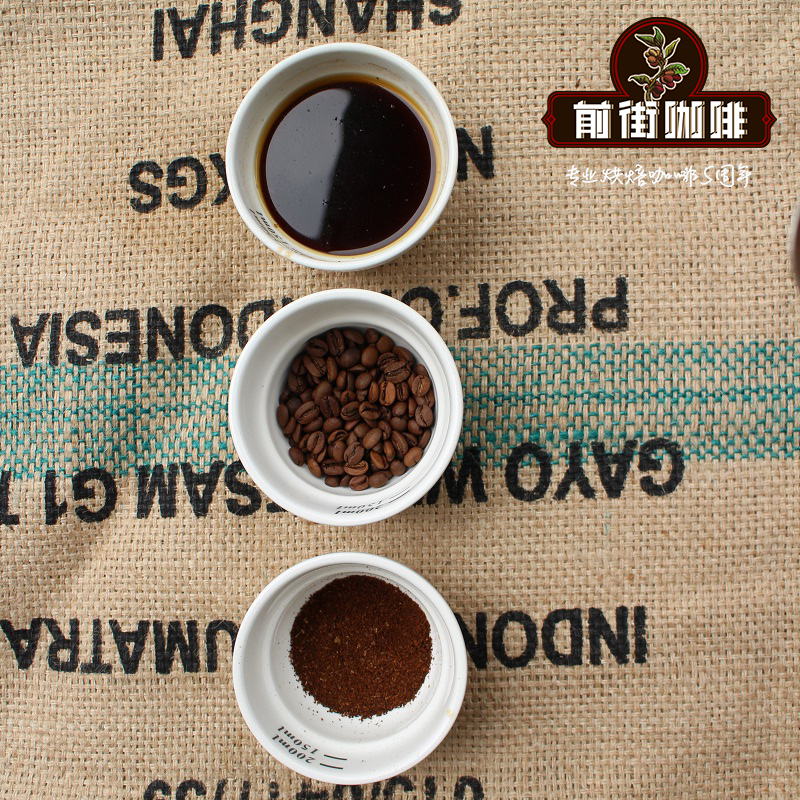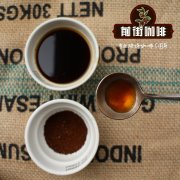& description of taste and flavor of quot; Colombian coffee variety Colombian coffee bean producing area

Professional coffee knowledge exchange more coffee bean information please follow the coffee workshop (Wechat official account cafe_style)
Introduction to the flavor characteristics of Qianjie Coffee-Columbia Coffee
There are many versions of the history of coffee cultivation in Colombia, among which the Spanish missionary Jose Gumilla mentioned in his book "The Illustrated Orinoca" that local coffee plantations were discovered while preaching on both sides of the Meta River in 1730. By 1787, coffee had spread in Colombia under the influence of missionaries. Another theory is that in 1808, a priest introduced coffee beans to Colombia from the French Antilles via Venezuela.
No matter which statement is true, Colombian coffee is now the world's third largest coffee producer and exporter after Brazil and Vietnam, and the world's largest exporter of Arabica coffee beans, mainly washed coffee beans.
Colombian coffee trees are mainly planted in the Andes, where the climate is mild, the air is humid, and Rain Water is evenly distributed, providing a perfect growing environment for coffee, which is the coffee harvest season almost all year round. There are also coffee estates, large and small, producing Colombian coffee, which is good in taste, mild in flavor and loved by people all over the world.
Located in the southwest of Colombia, it accounts for 8% of Colombia's total coffee production. Is the Colombian coffee origin certification area, the average altitude of 1758 meters, the highest elevation can rise to 2100 meters, Cauca province is mountainous, the biggest difference in climate with other producing areas is the relatively large temperature difference. The temperature difference between day and night is an important factor in high-quality coffee. Low temperatures at night and relatively higher elevations slow down the growth of coffee, allowing beans to more fully absorb the nutrients of coffee fruits, as well as better acidity and commendable special sweetness of Coca Coffee.
Following the fine tradition of Colombia, Coca Coffee is picked manually and washed. In addition, in order to pursue good disease resistance and higher yield, many coffee producing areas have updated the old coffee varieties to new ones. Kaddura species are the most rare in Cauca producing areas, in addition, there are iron pickup and bourbon ancient species.
Front Street Coffee-Columbia Isabella brewing and sharing
Recommended cooking method: hand flushing
Filter cup: Hario V60
Water temperature: 90 ℃
Amount of powder: 15g
Powder / water ratio: 1:16
Degree of grinding: medium fine grinding (BG 6k: pass rate of Chinese standard No. 20 screen 58%)
Cooking technique: stage-by-stage extraction
Steam with 34 grams of water for 40 seconds, small water flow around the circle to 127 grams for stages, when the water level is about to expose the powder bed, continue to inject water to 240 grams to stop injection, and so on when the water level drop is about to expose the powder bed, remove the filter cup, (the time of steaming starts) the extraction time is 2 minutes 39 percent 00 ".
Flavor: the mouth has sour notes of black plum, berries, nutty aromas, caramel and cream under the change of temperature, with obvious citric acid on the palate.
END
Important Notice :
前街咖啡 FrontStreet Coffee has moved to new addredd:
FrontStreet Coffee Address: 315,Donghua East Road,GuangZhou
Tel:020 38364473
- Prev

What is the flavor of Starbucks Kenyan coffee beans? how to drink Kenyan coffee correctly?
Professional coffee knowledge exchange more coffee bean information please follow coffee workshop (Wechat official account cafe_style) Qianjie coffee-Starbucks Kenya coffee flavor comparison since the launch of Kenyan coffee in 1971, its distinctive flavor has always been a surprise to our professional coffee tasters and customers. This coffee has a lively juicy acidity and a soft wine
- Next

Introduction to the powder-to-water ratio of Columbia coffee beans by hand
Professional coffee knowledge exchange more coffee bean information please follow Coffee Workshop (Wechat official account cafe_style) Front Street Coffee-Columbia Coffee hand brewing parameters sharing Today Colombia is the world's third largest coffee producer and exporter, the world's largest exporter of Arabica coffee beans, and the world's largest exporter of washed coffee beans. The unique geographical environment makes me
Related
- Beginners will see the "Coffee pull flower" guide!
- What is the difference between ice blog purified milk and ordinary milk coffee?
- Why is the Philippines the largest producer of crops in Liberia?
- For coffee extraction, should the fine powder be retained?
- How does extracted espresso fill pressed powder? How much strength does it take to press the powder?
- How to make jasmine cold extract coffee? Is the jasmine + latte good?
- Will this little toy really make the coffee taste better? How does Lily Drip affect coffee extraction?
- Will the action of slapping the filter cup also affect coffee extraction?
- What's the difference between powder-to-water ratio and powder-to-liquid ratio?
- What is the Ethiopian local species? What does it have to do with Heirloom native species?

